
Ingredient
Juice, passion fruit
The Tropical Elixir
Passion fruit juice is extracted from the pulp of the passion fruit, which has a distinctive wrinkled purple or yellow skin. The juice is known for its bright orange color and refreshing tartness. It has a thick consistency with small black seeds that add a delightful crunch to the texture.
Origins and history
Passion fruit is native to South America, particularly Brazil, and has a long history of cultivation by indigenous tribes. It later spread to other tropical regions around the world, including Southeast Asia, Australia, and Africa. Passion fruit juice gained popularity for its tropical flavor and is now widely used in beverages, desserts, and sauces.
Nutritional information
Passion fruit juice is a good source of vitamin C, vitamin A, and dietary fiber. It is also rich in antioxidants, which help protect the body against oxidative stress and inflammation. However, it is important to note that passion fruit juice is relatively high in natural sugars, so it should be consumed in moderation as part of a balanced diet.
Allergens
Passion fruit juice may cause allergic reactions in individuals who are sensitive to tropical fruits. It is advisable to consult with a healthcare professional if you have any known allergies or sensitivities before consuming passion fruit juice.
How to select
When selecting passion fruit juice, opt for brands that use 100% pure passion fruit juice without any added sugars or artificial flavors. Look for products that are made from ripe passion fruits to ensure optimal flavor. Consider purchasing organic passion fruit juice to minimize exposure to pesticides or other chemicals.
Storage recommendations
To maintain the freshness and quality of passion fruit juice, store it in the refrigerator after opening. Use a tightly sealed container to prevent exposure to air, which can cause oxidation and spoilage. Consume the juice within a week for the best taste and texture.
How to produce
Passion fruit vines can be grown in tropical or subtropical climates. They require well-drained soil, ample sunlight, and regular watering. Passion fruit plants can be propagated from seeds or cuttings, but it is recommended to purchase young plants from a reputable nursery for better success rates.
Preparation tips
Passion fruit juice can be enjoyed on its own as a refreshing beverage or used as a base for cocktails, smoothies, and mocktails. It can also be used to make fruit sauces, sorbets, and ice creams. In savory dishes, passion fruit juice can be used as a marinade or dressing for salads, seafood, and poultry.
Culinary uses
Passion fruit juice is commonly used in tropical and exotic cuisines, particularly in desserts, beverages, and sauces. It is a popular ingredient in cocktails such as the classic Passion Fruit Martini and is often used to add a tangy twist to fruit salads and tropical desserts.
Availability
Passion fruit is commonly available in tropical regions around the world, including South America, Southeast Asia, Australia, and Africa. It is cultivated in countries such as Brazil, Colombia, Vietnam, and Kenya. Passion fruit juice can be found in supermarkets, specialty grocery stores, and online retailers that offer tropical fruit products.
More ingredients from this category » Browse all
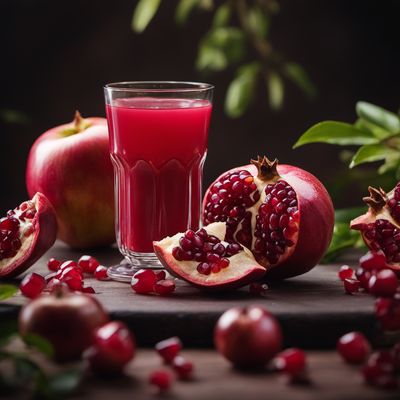
Juice, pomegranate
"The Ruby Elixir: Unveiling the Secrets of Pomegranate Juice"

Juice, prune
The Sweet and Tangy Elixir of Prune Juice

Juice, grape
The Liquid Jewel

Juice, grapefruit
Tangy Citrus Burst

Juice, citrus
The Zesty Elixir

Juice, peach
"The Golden Elixir: Unleashing the Sweet Essence of Peaches"
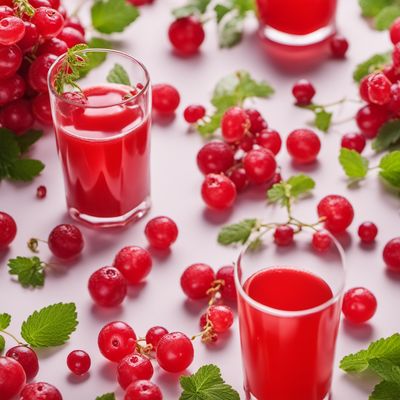
Juice, red currant
Tangy Elixir: Unleash the Vibrant Flavors of Red Currant
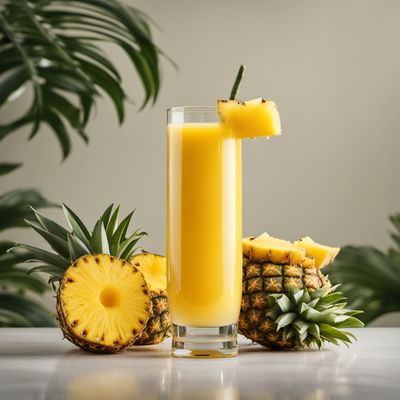
Juice, pineapple
Tropical Elixir

Juice, blackberry
The Dark Elixir

Juice, apple
The Essence of Nature: Exploring the Refreshing Apple Juice

Juice, lemon
The Zesty Elixir
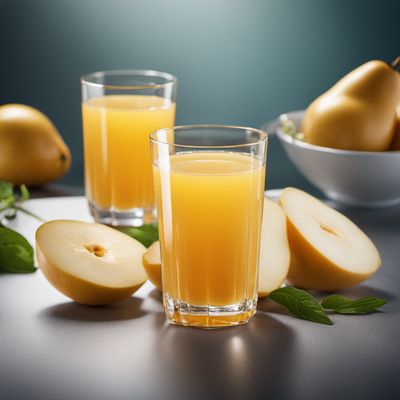
Juice, pear
The Refreshing Elixir of Pear
Recipes using Juice, passion fruit » Browse all
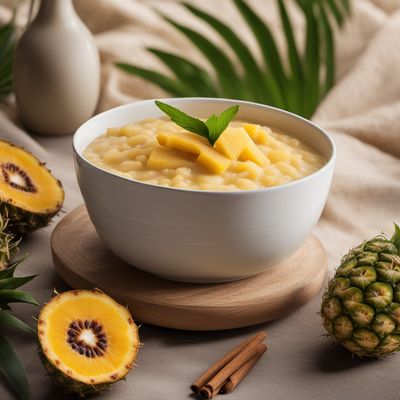
Tube Rice Pudding with a Tropical Twist
Exotic Rice Pudding Delight

Ecuadorian Chocolate-Coated Fruit Bites
Delicioso Frutas Cubiertas de Chocolate

Bermudian Linzer Cookies
Tropical Twist Linzer Cookies: A Taste of Bermuda

Bermudian Bruschetta with a Tropical Twist
Island-Inspired Bruschetta: A Taste of Bermuda's Flavors
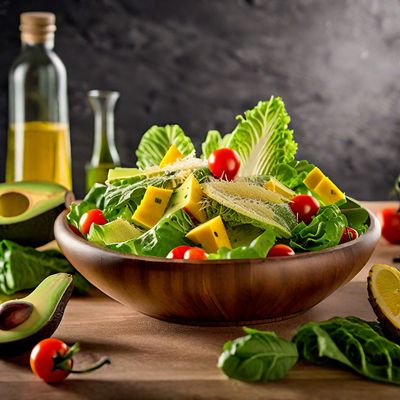
Brazilian Caesar Salad
Tropical Twist Caesar Salad

Brazilian-style Baklava
Tropical Delight Baklava: A Brazilian Twist on a Turkish Classic

Brazilian-style Kimchi
Tropical Twist Kimchi: A Brazilian Take on the Korean Classic

Congolese Fraisier
Tropical Delight: Congolese Fraisier with a Twist

Pitcairn Islands-inspired Foie Gras Mousse
Tropical Delight: Pitcairn Islands Foie Gras Mousse

Pavlova with a Latin Twist
Tropical Delight Pavlova

Brazilian-style Pan di Sapa
Tropical Delight: Brazilian-inspired Pan di Sapa

Sachertorte
Brazilian-inspired Sachertorte: A Decadent Chocolate Delight with a Tropical Twist